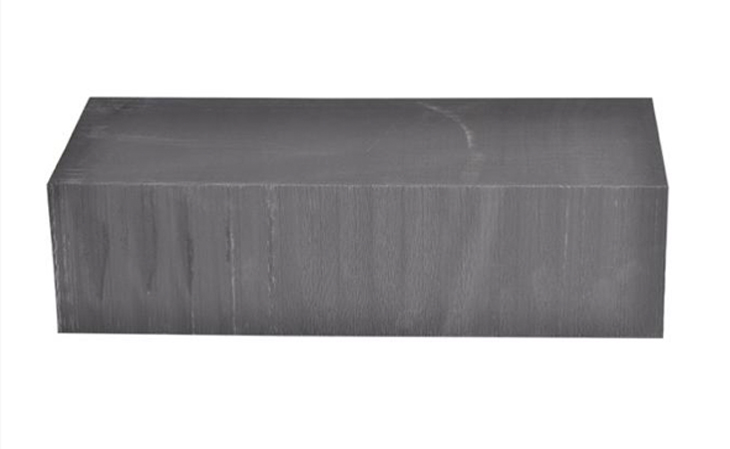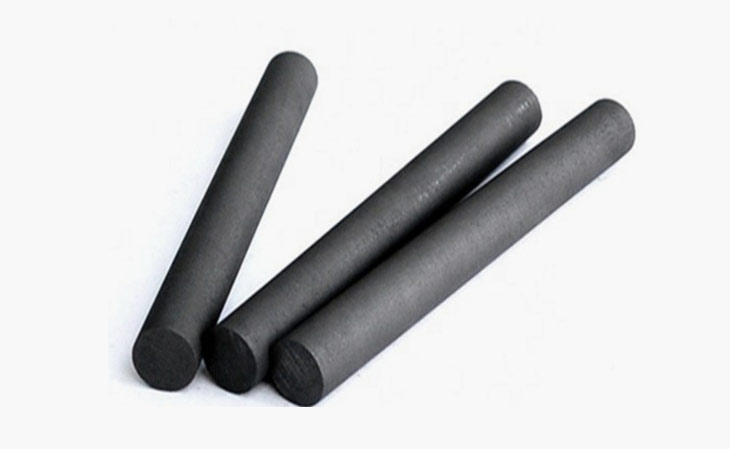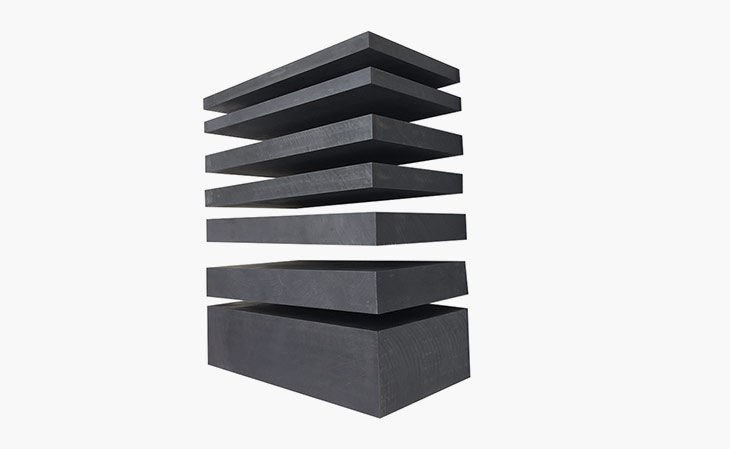Lithium batteries are the third generation of small batteries after nickel-tin batteries and nickel-hydrogen batteries. As a new type of chemical power source, it has the advantages of high working voltage, large specific energy, flat and stable discharge potential curve, small self-discharge, long cycle life, good low temperature performance, no memory, and no pollution. Lithium batteries can meet people's dual requirements for portable batteries, which are small and light, and are very beneficial to environmental protection. They are widely used in small electronic devices such as mobile communications, notebook computers, cameras, etc., and are also ideal power AC tools in the future. Among the lithium-ion battery materials, the cathode material is the key to determining the battery energy. Graphite powder has low intercalation potential, excellent intercalation ability and flat voltage platform, and is a good cathode material for lithium-ion batteries.
Understand graphite powder
Graphite powder is rich in sources and low in price, and OEM graphite powder has been widely used in commercial lithium-ion battery cathode materials. After modification, it has excellent quality and strong market competitiveness. As a graphite material with high crystallinity, the particle size of graphite powder directly affects the specific surface area of the electrode and the ratio of edge carbon, and has a great influence on the irreversible specific capacity of the first charge. However, the effects of initial physical parameters on the performance of anode materials are rarely reported.
Graphite powder in the negative electrode of lithium-ion battery
The increase of graphite particle size is beneficial to reduce the irreversible capacity loss of the first charge and discharge. However, due to the long diffusion path of lithium ions in the large particle size graphite powder, the dynamic resistance of diffusion is large, and the anode polarization increases. The contact surface between powder particles is reduced, and the electron conductivity is reduced. These factors affect the cycle energy as the number of cycles increases. As the number of cycles increases, the tolerance increases and the cycle energy gets worse.
Based on the above reasons, the use of medium-sized graphite materials is beneficial to obtain a better comprehensive electrochemical performance. Taking SG 18 as an example, its particle size distribution range is slightly wider, so there is a certain amount of smaller powder packing between the larger graphite particles. The contact area between particles reduces internal resistance and increases electronic conductivity.
The particle size and distribution of graphite powder bulk have a greater impact on the initial charge-discharge capacity of lithium-ion batteries, but have less impact on the initial efficiency. The natural graphite powder with smaller particle size has a larger initial charge capacity, but its irreversibility is also larger. Medium-sized natural graphite has a higher initial efficiency. With the increase of particle size, the first charge-discharge capacity decreases. The irreversible capacity of graphite powder with smaller particle size increases. When the cell size is 16 to 18 Ds and the particle size distribution is more concentrated, the battery has better initial discharge capacity and primary efficiency.
 English
English








